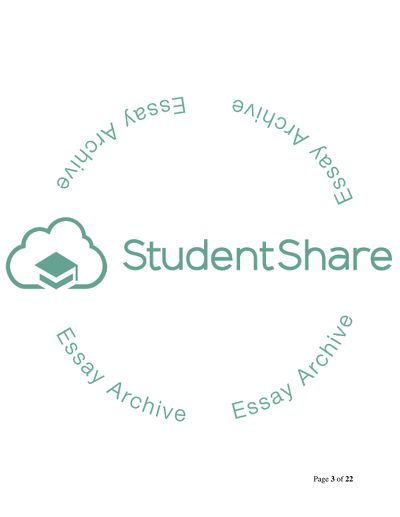Cite this document
(Marketing of a Tourism Destination: Bristol Case Study, n.d.)
Marketing of a Tourism Destination: Bristol Case Study. Retrieved from https://studentshare.org/marketing/1734653-marketing-a-tourism-destination
Marketing of a Tourism Destination: Bristol Case Study. Retrieved from https://studentshare.org/marketing/1734653-marketing-a-tourism-destination
(Marketing of a Tourism Destination: Bristol Case Study)
Marketing of a Tourism Destination: Bristol Case Study. https://studentshare.org/marketing/1734653-marketing-a-tourism-destination.
Marketing of a Tourism Destination: Bristol Case Study. https://studentshare.org/marketing/1734653-marketing-a-tourism-destination.
“Marketing of a Tourism Destination: Bristol Case Study”, n.d. https://studentshare.org/marketing/1734653-marketing-a-tourism-destination.


